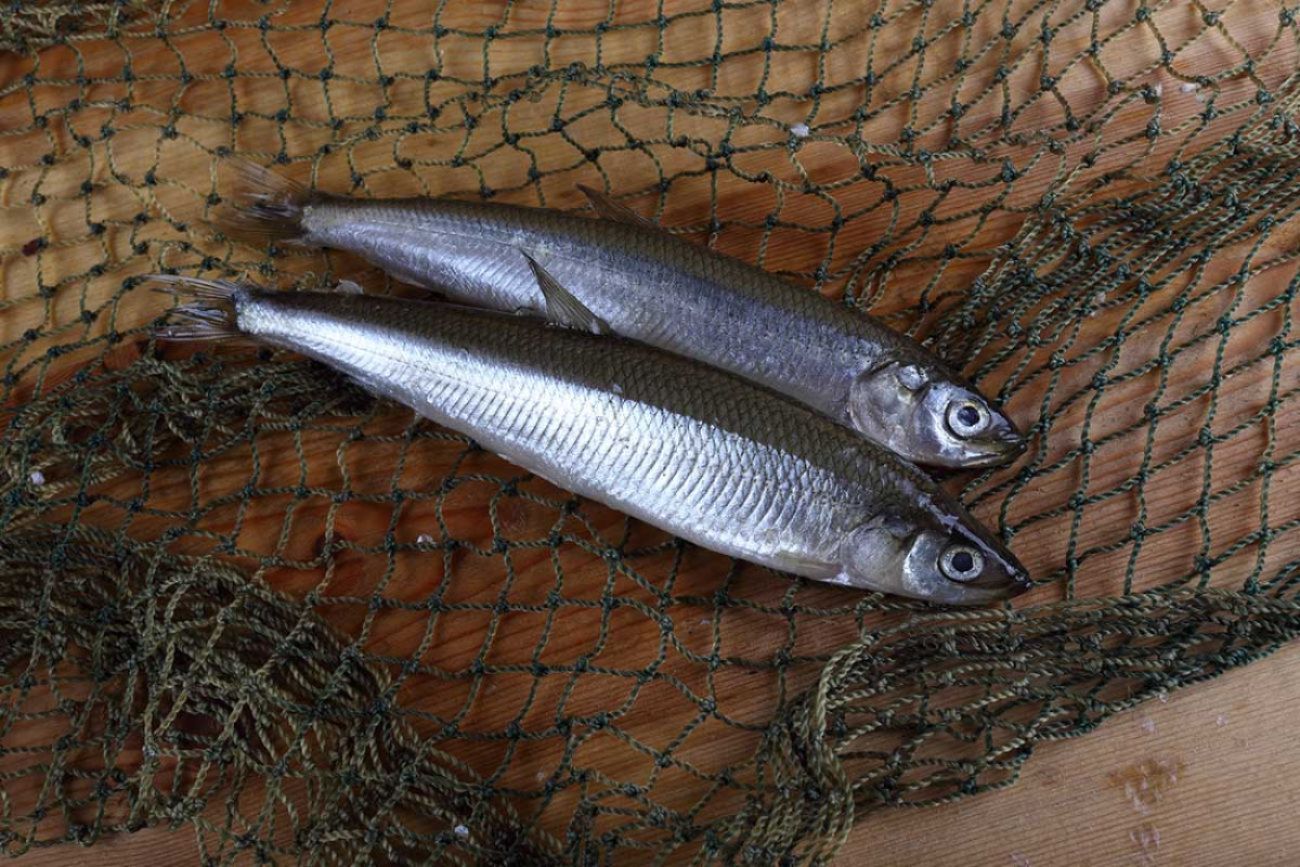Good news for Michigan smelt season: PFAS levels lower than feared

- For three years, Michigan health officials have warned against eating too many Lake Superior smelt, due to PFAS contamination
- It turns out, though, that PFAS levels are lower than previously thought
- State officials say earlier tests were amiss because of bile found in smelt, but haven’t yet altered advisories
Three years after Michigan warned against eating too much smelt from Lake Superior, scientists on Friday acknowledged the fish contain far less harmful PFAS than previously feared.
That could prompt changes in consumption recommendations about not just smelt, but other species including rock bass and sunfish also flagged for sky-high PFAS levels in waterways such as the Rouge River and Lake Cadillac.
State officials said the change comes after they discovered that liver bile found in the fish had interfered with lab tests, leading to inaccurately high readings of the so-called “forever chemicals” in fish tissue.
They suspected something was amiss because there were no “good, logical, environmental reasons for why the smelt should be showing these high levels.” said Abigail Hendershott, executive director of the Michigan PFAS Action Response Team within the Michigan Department of Environment, Great Lakes and Energy,
For now, the state is not changing its advice for anglers to limit meals of Lake Superior smelt to one serving per month (similar advice applies to smelt from lakes Huron and Michigan).
But Lynn Sutfin, a spokesperson for the Michigan Department of Health and Human Services, said changes could follow in a few months, as the state updates its annual Eat Safe Fish Guides, which advise anglers about how to avoid harm from chemical contaminants in fish.
After state scientists learned that fish bile was interfering with testing, they re-tested more than 180 tissue samples with different equipment.
PFAS levels were dramatically lower: Fish tissue that earlier had shown levels above 100 parts-per-billion was now in the single digits or teens.
Hendershott called it a “major finding.” The state has shared its discovery with scientists in other states, tribes and academia, she said.
Beyond Lake Superior, the old testing method had prompted smelt consumption advisories in lakes Michigan and Huron, as well as several inland lakes. And it was used to test other fish species throughout the state, in some cases finding PFAS levels so high that health officials advise against eating any fish at all.
Related:
- PFAS-tainted foam in Lake Huron prompts citizen outcry
- Lakes Michigan and Huron join list of lakes with PFAS-tainted smelt
- Amid human health fears over PFAS, Michigan weighs new fish guidance
- Michigan ‘river walker’ program warns anglers on eating contaminated fish
Research has linked PFAS exposure to developmental problems, hormonal and immunity problems, fertility issues, cancer and other human illnesses.
News of the lower contamination levels is well-timed for the spring smelt run, during which anglers catch the silvery fish in nets as they swim into Great Lakes tributaries to spawn.
But at the same time that scientists are celebrating the lower PFAS levels, they’re also cautioning anglers that even small amounts of PFAS can harm humans.
“It is good news,” Hendershott said, “But we also want to temper expectations for the amount of fish that can be eaten…very small amounts are still toxic.”
Michigan officials start advising people to limit consumption of fish when concentrations of the PFAS compound known as PFOS, or Perfluorooctane sulfonic acid, reach 9 parts-per-billion. But the state is conducting a review to determine whether that threshold should be lowered.
Tom Pink, a hunter and angler who lives in Sault Ste. Marie, said Friday’s announcement helps clear up a mystery about the Lake Superior smelt.
But as for how the news might affect anglers? Pink said many of them probably weren’t concerned about PFAS to begin with.
“I really haven’t heard a lot of people express alarm,” Pink said.
That may be due to the limited nature of modern smelt runs, which have dwindled since the days when anglers could net garbage bags full of fish. These days, most anglers rarely catch enough to exceed the one-meal-a-month guidance, Pink surmised.
Friday’s news underscores just how much researchers still have to learn about how PFAS affects Michigan’s fish and wildlife.
PFAS is just one among many chemical threats to Michigan’s fish, joining a long list that includes legacy chemicals like mercury to PCBs. For detailed information about the fish in your watershed, visit the Eat Safe Fish program website.
Michigan Environment Watch
Michigan Environment Watch examines how public policy, industry, and other factors interact with the state’s trove of natural resources.
- See full coverage
- Subscribe
- Share tips and questions with Bridge environment reporter Kelly House
Michigan Environment Watch is made possible by generous financial support from:
Our generous Environment Watch underwriters encourage Bridge Michigan readers to also support civic journalism by becoming Bridge members. Please consider joining today.
See what new members are saying about why they donated to Bridge Michigan:
- “In order for this information to be accurate and unbiased it must be underwritten by its readers, not by special interests.” - Larry S.
- “Not many other media sources report on the topics Bridge does.” - Susan B.
- “Your journalism is outstanding and rare these days.” - Mark S.
If you want to ensure the future of nonpartisan, nonprofit Michigan journalism, please become a member today. You, too, will be asked why you donated and maybe we'll feature your quote next time!






